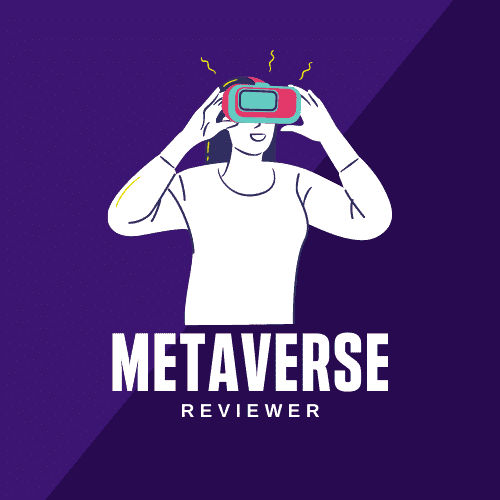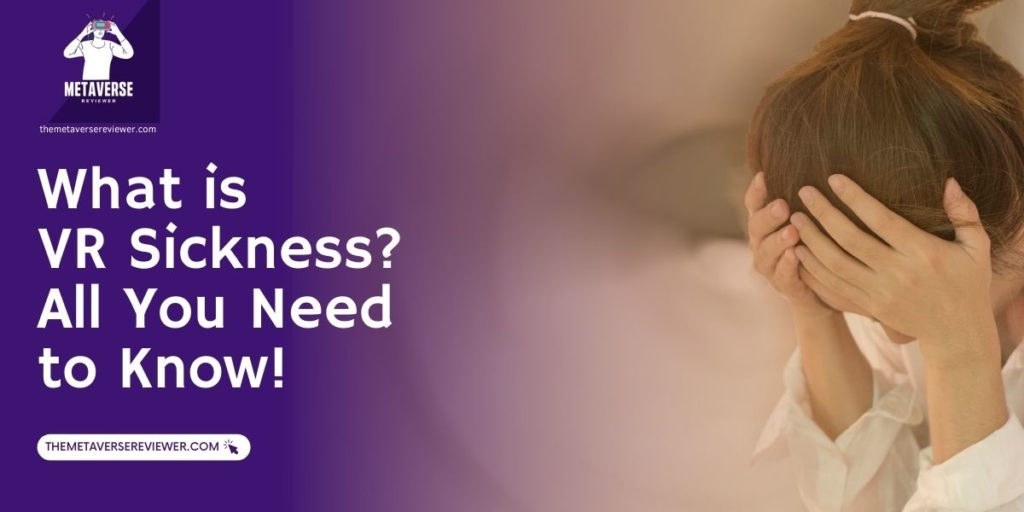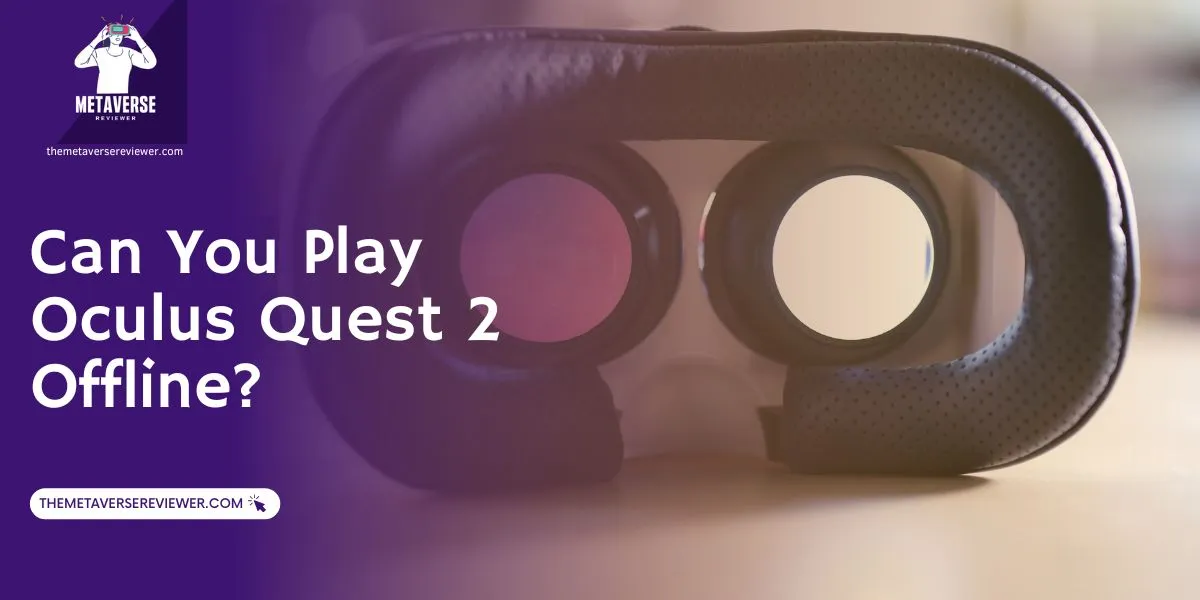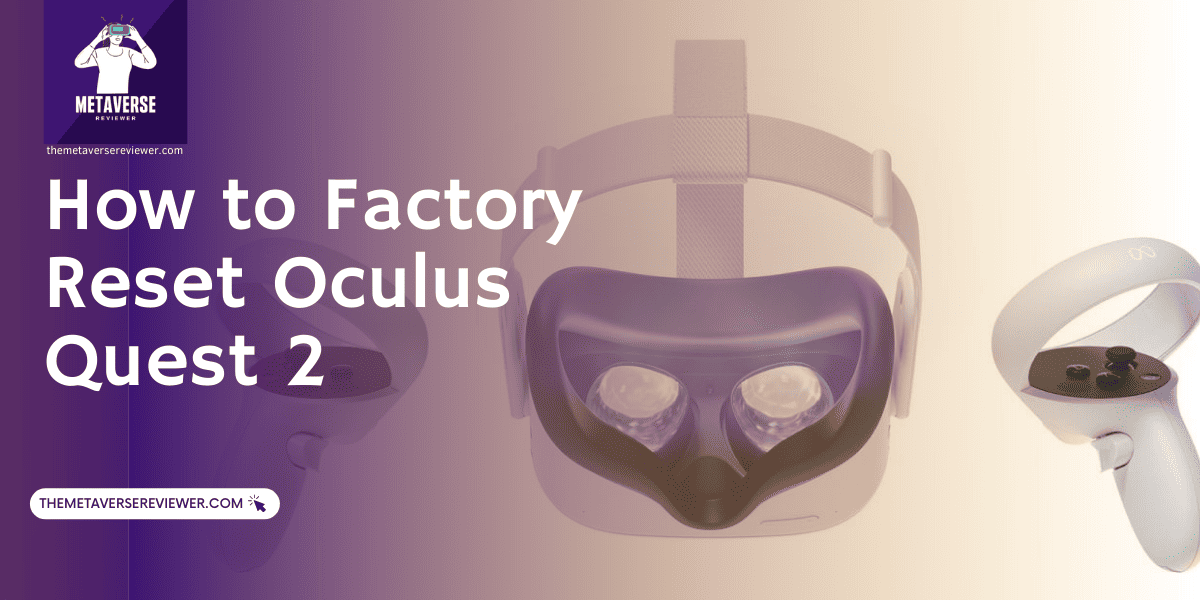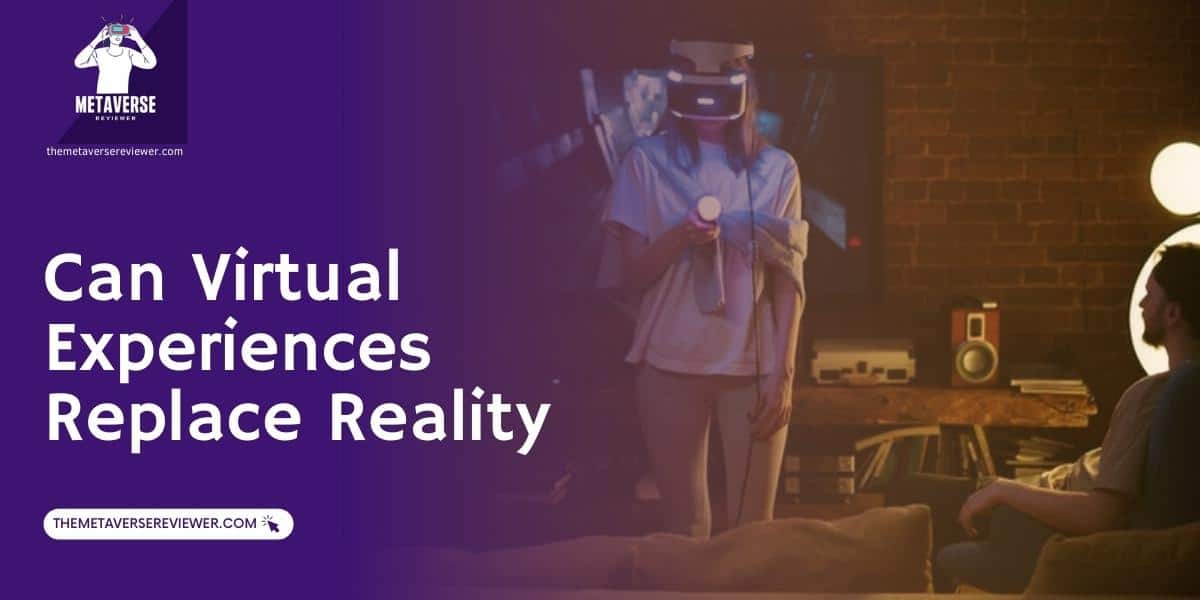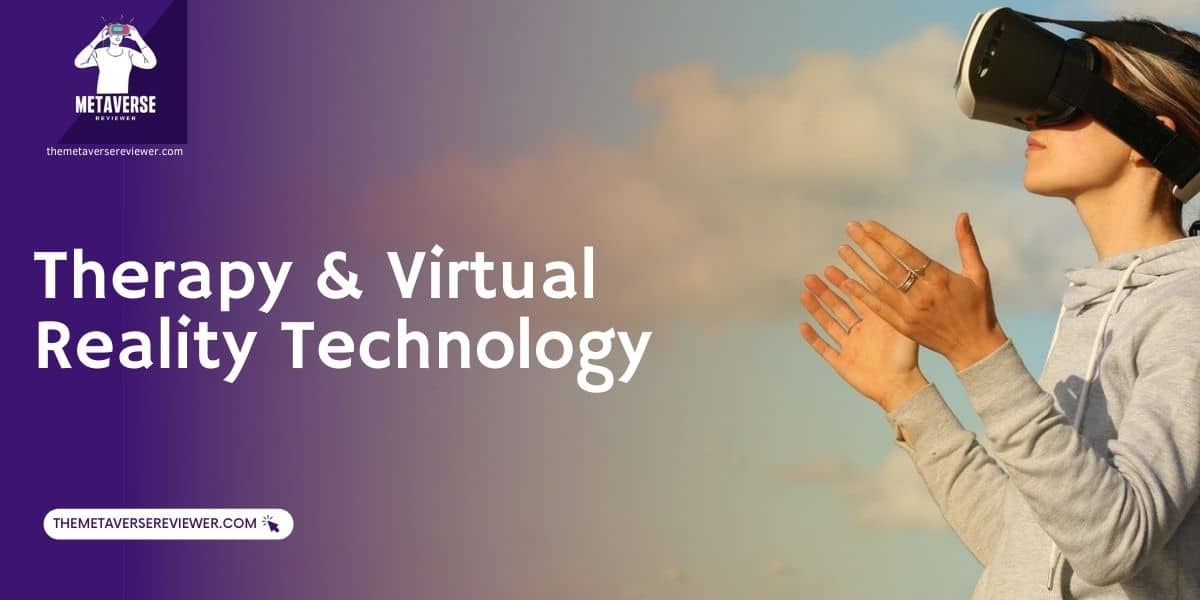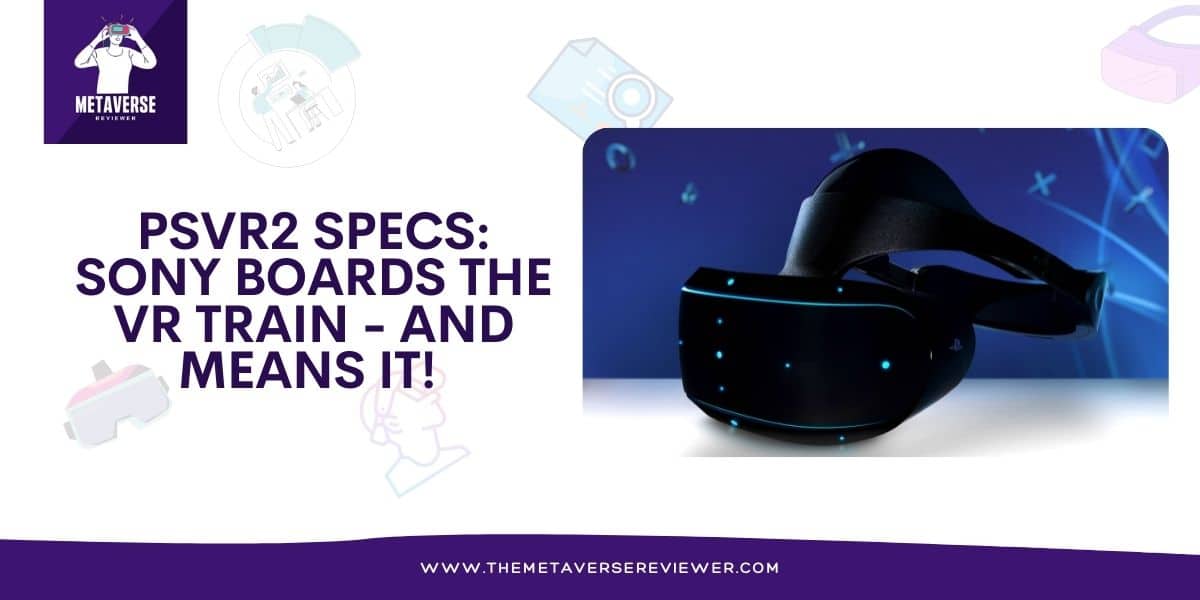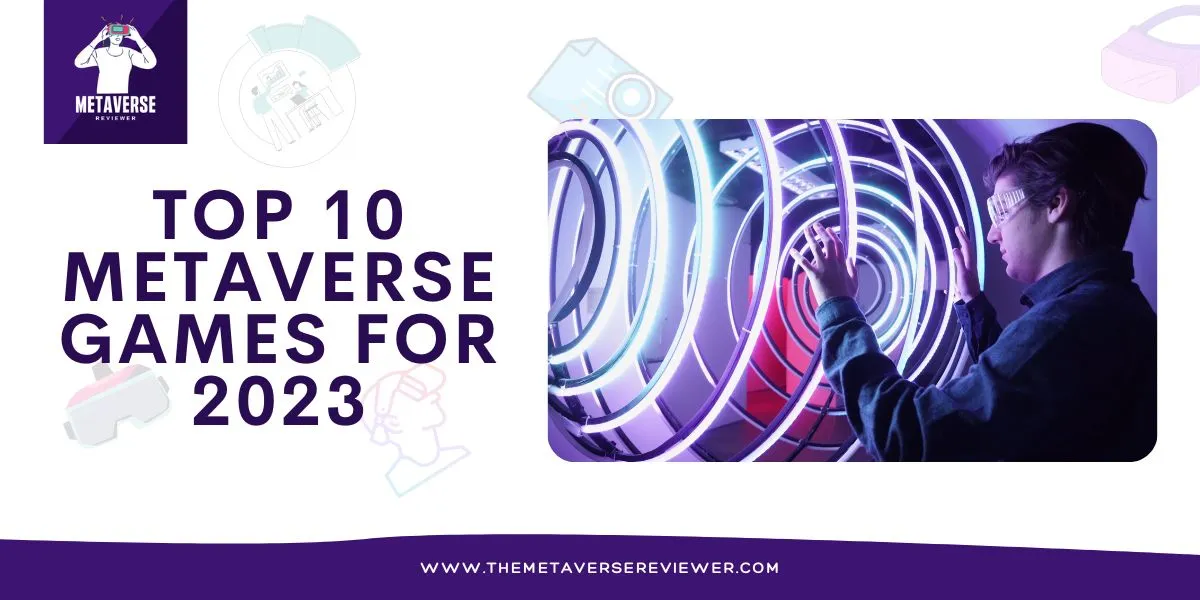Virtual reality sickness, also referred to as VR motion sickness, is a physical discomfort that individuals may experience while using a virtual reality (VR) headset. It occurs due to a sensory conflict between the signals received by the brain from the eyes and the inner ear. Essentially, your eyes convey the impression of movement, while your inner ear signals that you are stationary. This sensory discord can result in a range of symptoms, including:
- Nausea
- Dizziness
- Sweating
- Headaches
- Eye strain
- Fatigue
- Disorientation
- Vomiting
The likelihood of VR sickness varies among individuals, with a higher prevalence in those who are prone to motion sickness in real-world situations, such as when traveling in cars or boats. Additionally, children and adolescents may experience more severe VR sickness symptoms.
If you begin to experience VR sickness, cease VR use immediately and consider the following steps:
- Close Your Eyes and Breathe Deeply: This can help alleviate discomfort and reorient your senses.
- Fix Your Gaze on a Stable Point: Focusing on a stationary object in the virtual environment can help reduce symptoms.
- Stay Hydrated and Eat Lightly: Drinking cold water or consuming bland snacks can provide relief.
- Take a Stroll or Get Fresh Air: Leaving the VR environment and moving around can help mitigate symptoms.
This sickness is the result of a complex disruption in the senses and the sensory receptors. Plainly speaking, your eyes and your body send the brain completely different signals about your physical state, leading to dizziness, nausea, even vomiting.
VR Sickness Vs Motion Sickness Vs Simulator Sickness
There are several different forms of physical ailments caused by inconsistencies in what the eyes see and what the body feels.
Generally, the symptoms of VR, motion, and simulator sickness are similar, but their root cause, not so much.
Motion sickness is an umbrella term that includes different conditions such as seasickness, airsickness, or carsickness. These all have one thing in common – they are induced when an individual feels movement but does not see it.
Meanwhile, VR and simulator ailments are usually quite the opposite. VR and simulator sickness differ from conventional motion sicknesses in that the user sees movement but the body does not feel it.
The case is similar to the so-called simulator sickness. Individuals who suffer from simulator sickness are often pilot cadets using flight simulators, but the term is also closely associated with video gaming. Like VR sickness, simulator sickness is induced solely by perceived, rather than an actual motion.
VR Sickness Causes
The scientific community is yet to provide a definitive answer for what causes VR sickness.
What is being hypothesized as the main cause of VR sickness is the discrepancy of sensory signals the brain receives about the state of motion of the body. Basically, when you wear a VR headset, what your eyes and body experience are two completely different things.
Humans retain physical balance and control motions through the inner ear and the Vestibular system. Both sensory systems are responsible for movement and maintaining balance in the real world using the extremities for support.
VR motion sickness occurs when there is a disruption in the proprioception (or kinaesthesia) senses, and the signals the balance sensors in your inner ear and the Vestibular system send to the brain.
To retain balance, the inner ear uses minute hairs and fluids that cause vibrations based on movement, which are then transformed into signals and sent to the brain. Rather than on sounds, these fluids and hairs, located in coiled ear canals, are activated upon movement. The brain picks up the signals from the inner ear, Vestibular system, and other sensory organs, in unison, ensuring the body maintains stability and retains a sense of its surroundings.
The Virtual Vertigo
Virtual reality causes a disturbance and confusion in the brain in the processing of these signals. This is because when using a headset, different sensory organs send different signals. Processing incongruous sensory cues, the brain concludes that something is wrong and induces a bodily reaction that makes you literally sick.
That is, in layman’s terms, the scientific theory of how VR sickness is caused.
Of course, there are other factors that can contribute to this phenomenon. This includes the type of VR headset, delays in the frame rate, the type of environment and movements the gadget simulates, and by motion parallax. The latter refers to the movement and appearance of specific objects relative to the distance and movement of the individual.
One other contributing factor to VR sickness is the type of motion it simulates. Certain games, where the user engages in unfamiliar motion such as floating through space, riding horses or fast sports cars, or fighting (Skyrim V VR) are leading contributors of motion sickness.
Symptoms of VR Sickness
Getting physically sick after using VR headsets is similar and often compared to motion sickness as both cause similar symptoms. But depending on various factors, VR sickness symptoms can be even more acute.
Sickness caused by virtual reality simulators can take on different forms. The most common symptoms are light-headedness and dizziness, sweating, eye fatigue, disorientation, nausea, and sometimes even vomiting.
When the brain receives signals of motion but learns the body is motionless, it can wrongfully interpret this as a sign of poisoning. This prompts a defensive reaction by regurgitation to eject the supposed poisonous components.
Dizziness, headaches, blurry and double vision are likewise common side-effects of prolonged VR usage, particularly with VR devices with hardware or software flaws.
So, for instance, a that requires excessive movement and engagement would be more likely to cause nausea or mild vertigo than a game where for the most part you remain static. The symptoms also depend on the type of movement you’re engaged in.
Latency, or delay, in the VR headset software, is among the leading inducers of dizziness. Like the human body, VR devices are motion-based and synchronize a player’s physical movement of the head and arms to their movement in the virtual environment. When the VR headset processes the player’s actual movement too late it can cause the player to lose balance and sense of orientation.
Meanwhile, headaches and fatigue will occur after using VR headsets for hours or on a daily basis for an extended period of time.
Risks of VR Sickness
Apparently, bumping into a plaster wall or clumsily breaking your TV set are not the only risks of using VR.
But the severity of some of the aforementioned symptoms can exacerbate dramatically based on different factors. These, as mentioned, include prolonged VR gameplay, delay in the VR frame rate and overall quality of the VR device, and unusual movement simulation.
Still, these are relatively mild symptoms that should go away after a few hours. There are, however, some symptoms that are more insidious.
One of the more serious health hazards can impact the very vision of the user, especially in small children. VR worlds can present objects that appear at a great distance, while actually seen on a monitor that is extremely close to the eye. This may lead to shortsightedness or myopia.
Some health professionals also recommend people with preexisting conditions such as heart issues, sight impairment, or other conditions avoid VR headsets or consult with a medical examiner before use.
Tips to minimize the risk of VR sickness
- Gradual Acclimation: Start with short VR sessions and gradually increase the duration over time.
- Regular Breaks: Take breaks every 20-30 minutes to rest your eyes and allow your brain to adapt.
- Select Appropriate Games: Opt for VR games that involve minimal artificial locomotion, such as flying or running.
- Quality Headsets: Use VR headsets with high refresh rates and low input lag for a smoother experience.
- Proper Adjustment: Ensure your VR headset is correctly adjusted to maintain a clear and focused image.
VR Sickness Treatment and Prevention
Fortunately, the majority of VR sickness symptoms are non-lethal and short-lasting and should disappear after several hours.
But, there are several ways to accelerate the recovery process. Most users feel sick after they’ve put on a VR headset for the first time. So, before you dive in headfirst, try taking the experience step by step. Start with simple games to get the hang of it, and use it for no longer than an hour, or less if you start experiencing mild symptoms.
Ginger tea is considered a natural remedy for sickness, indigestion, and nausea. Therefore it’s smart to have a cup of ginger tea or ginger candy within reach before embarking on your VR adventure.
If we had to give bonus advice – ensure that your internet is stable. A weak connection can cause a delay in the frame rate which, although measured in milliseconds, may cause split-second dizziness and cause you to lose your bearings.
Final Thoughts
A decade ago, VR systems were still wishful thinking for many ardent fans of new technologies. But once in short supply, VR technology is now widespread. VR systems have been made affordable and accessible to all interested consumers, with millions of units from various developers being sold over the past several years alone.
But the mass spread of VR devices has actually brought to light their more adverse impact on users. This has somewhat pumped the brakes on VR headset sales as developers look for ways to remedy these flaws.
VR sickness can dramatically affect a person’s overall experience, not necessarily for the better.
So play with moderation lest you want to wake up to an undue hangover, minus the alcohol in your system.
- Gemini vs. GPT4 – Which One to Use? - December 17, 2023
- Can You Play Oculus Quest 2 Offline Without Wifi - November 10, 2023
- VR Sickness – What You Need to Know - September 17, 2023
